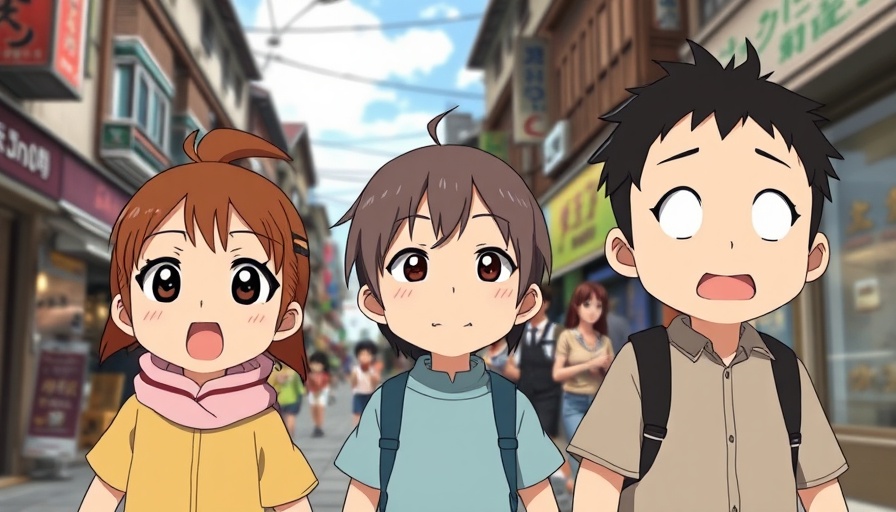
Understanding the Controversy: AI Art Meets Studio Ghibli
Recently, a wave of backlash erupted on social media regarding the use of AI to create art reminiscent of beloved Studio Ghibli films. Fans of the legendary animator Hayao Miyazaki have expressed their discontent as technology continues to blur the lines between artistic creation and artificial intelligence. With OpenAI's latest GPT-4o model enabling users to generate stunning artworks, many are questioning the implications of such technology on the original artists' legacies.
Why the Backlash?
The outcry centers around a group of AI-generated images circulating under the banner of Studio Ghibli's aesthetic. Critics argue that this trend raises significant copyright concerns and undermines the authenticity of human artistic expression. As the debate unfolds, some fans have remarked, "Nothing really matters anymore," encapsulating a growing sentiment that dilutes the value of traditional art forms.
AI Art Generation: A Double-Edged Sword
The surge in AI art tools like OpenAI's latest offering reveals both opportunities and challenges. While these technologies allow anyone with access to create visually stunning pieces that pay homage to famous styles, they also prompt crucial questions about intellectual property rights. Are these automated creations fair game for public use, or do they infringe on the rights of original artists?
The Joy and Fear of AI Technology
There's a paradox here: many tech enthusiasts and artists are excited about the capabilities of AI in pushing the boundaries of creativity. AI tools can democratize art creation, letting individuals without formal training express themselves visually. However, this brings forth fears among artists who worry about their unique styles being reproduced without credit or compensation.
Exploring Diverse Perspectives
It's essential to recognize that opinions on AI-generated art are not monolithic. On one side, supporters highlight the potential for innovation and creativity in merging the human touch with AI technology. On the other, critics point out that such advancements may lead the artistic community into uncharted waters—where the essence of art is reduced to algorithms and data.
A Glimpse into the Future: AI and Art
The landscape of artistic expression is set to evolve significantly as AI becomes more integrated into creative processes. With tools that can effortlessly mimic the styles of renowned artists, what does this mean for emerging creators? Will a future generation express themselves informed by AI, or will they steer away from this technology out of fear of unintentional imitation or infringement?
How Does This Affect You as an Art Lover?
For enthusiasts of both art and technology, this trend serves as a reminder that the world of creative expression is continually changing. Embracing new technologies means remaining vigilant about the ethics surrounding them. Engaging in the discussion surrounding AI-generated art can help shape a future where both human innovation and AI coalesce without overshadowing one another.
Conclusion: Engage in the Conversation
As we navigate this new frontier of AI art, it’s essential for us as a community to engage thoughtfully with these advancements. Whether you're an artist concerned about your style being mimicked or a tech aficionado eager to harness AI's power, your voice matters. Let's foster a dialogue that respects artistic integrity while exploring innovative boundaries.
To stay updated on this evolving topic, follow our channels for deep dives into trending AI news and insights. The intersection of technology and creativity is a still-developing narrative that needs our keen observations and discussions.
 Add Row
Add Row  Add
Add 




 Add Row
Add Row  Add
Add 

Write A Comment